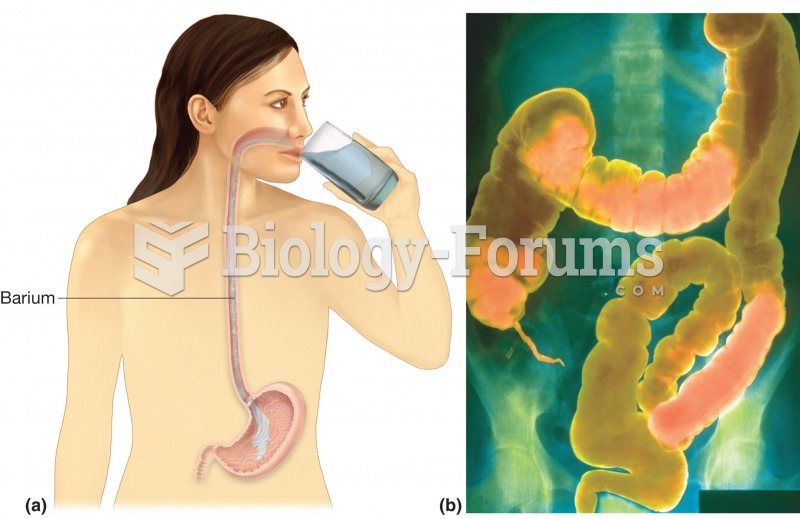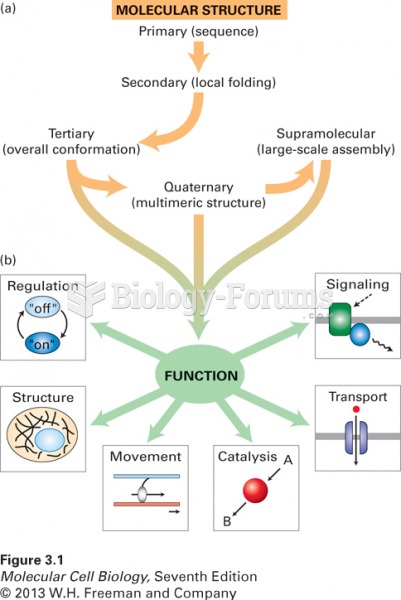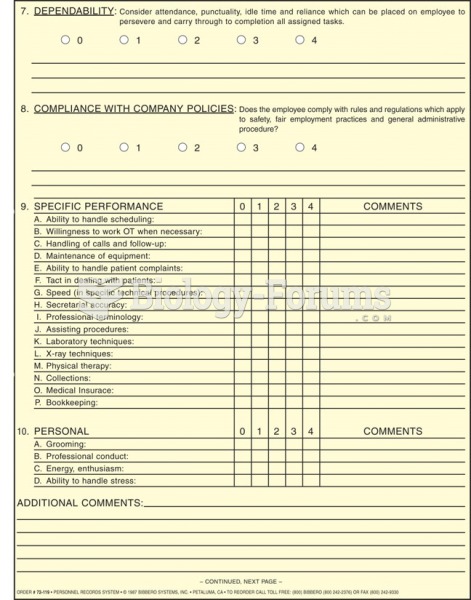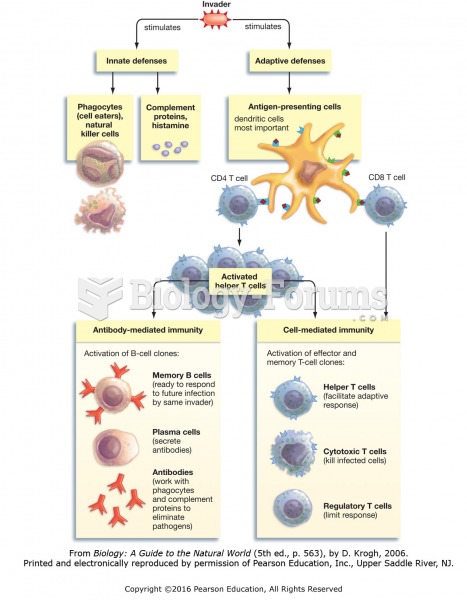Answer to Question 1
Employee assistance programs may be recommended to an employee if problems with anger, drugs, drinking, or something else impacts their job performance. Employees in operations with organized programs can seek help through an employee assistance program (EAP). Managers in other operations can refer employees to an external counseling service.
Employee wellness programs are designed to improve employee health and productivity and reduce medical expenses. These programs may address nutrition, mental health, chronic disease prevention, workplace environment, and other concerns.
An employee committee can conduct a needs assessment to identify interest and needs, learn about common health problems, discover how the workplace environment affects healthy lifestyles, and consider program goals. Large employers often use their health insurance provider or another agency, or they may hire a staff coordinator. Small organizations typically contract with an outside provider. Wellness programs should be evaluated to learn how they can be improved and whether goals have been achieved.
Answer to Question 2
A three-step analysis process for establishing corrective action priorities includes developing a budget, assessing the situation using the income statement, and analyzing for variances. Budgets are prepared with input from the management team. The basic process includes estimating revenues and then forecasting expenses (including fixed, variable, and mixed costs) to determine profits. Experienced managers use historical information and their knowledge about internal and external changes to develop budget benchmarks. Income statements reflect the operation's efficiency and profitability. Significant variances between budget expectations and actual performance reflected by the income statement require analysis. Analysis should include both dollar figures and profit percentages. If basic assumptions have changed, the budget should be revised.







